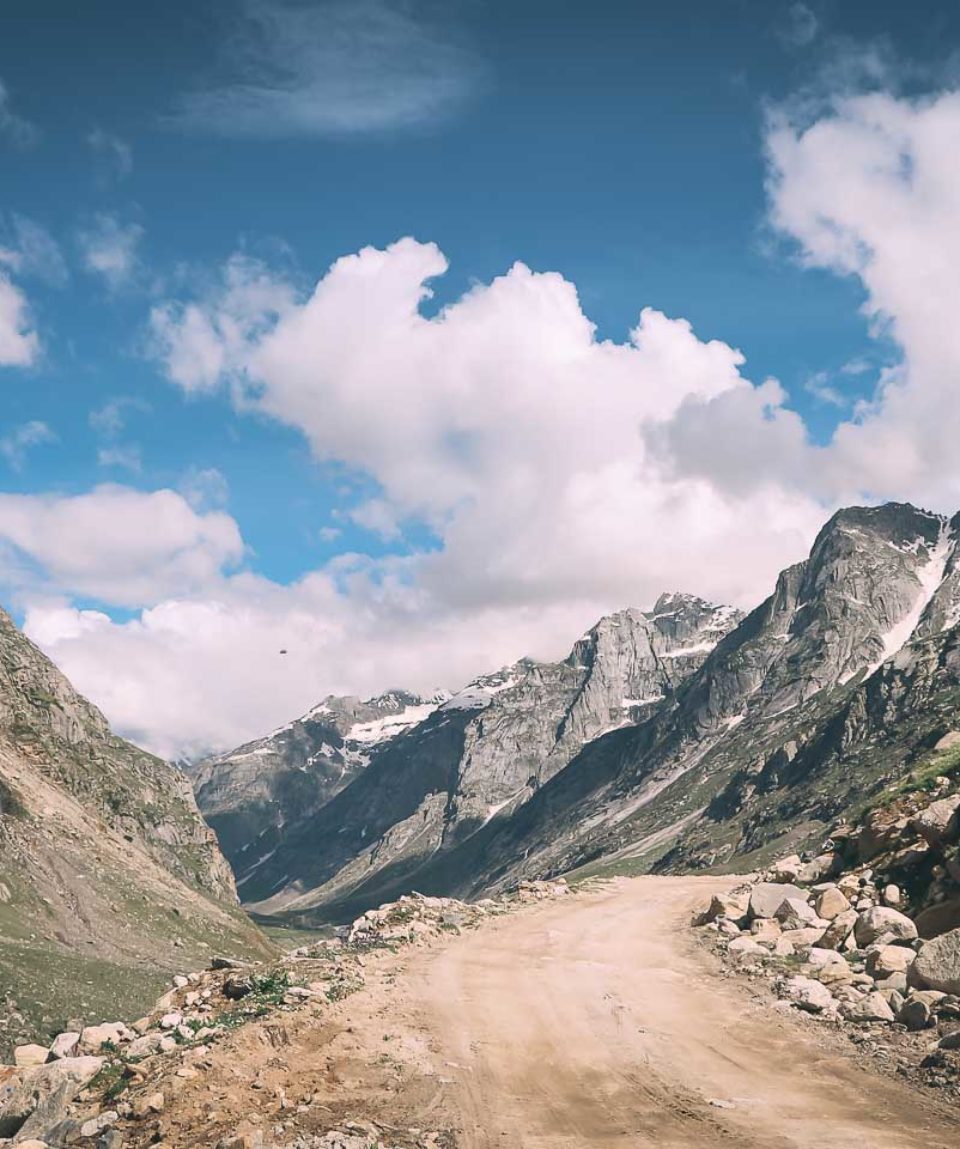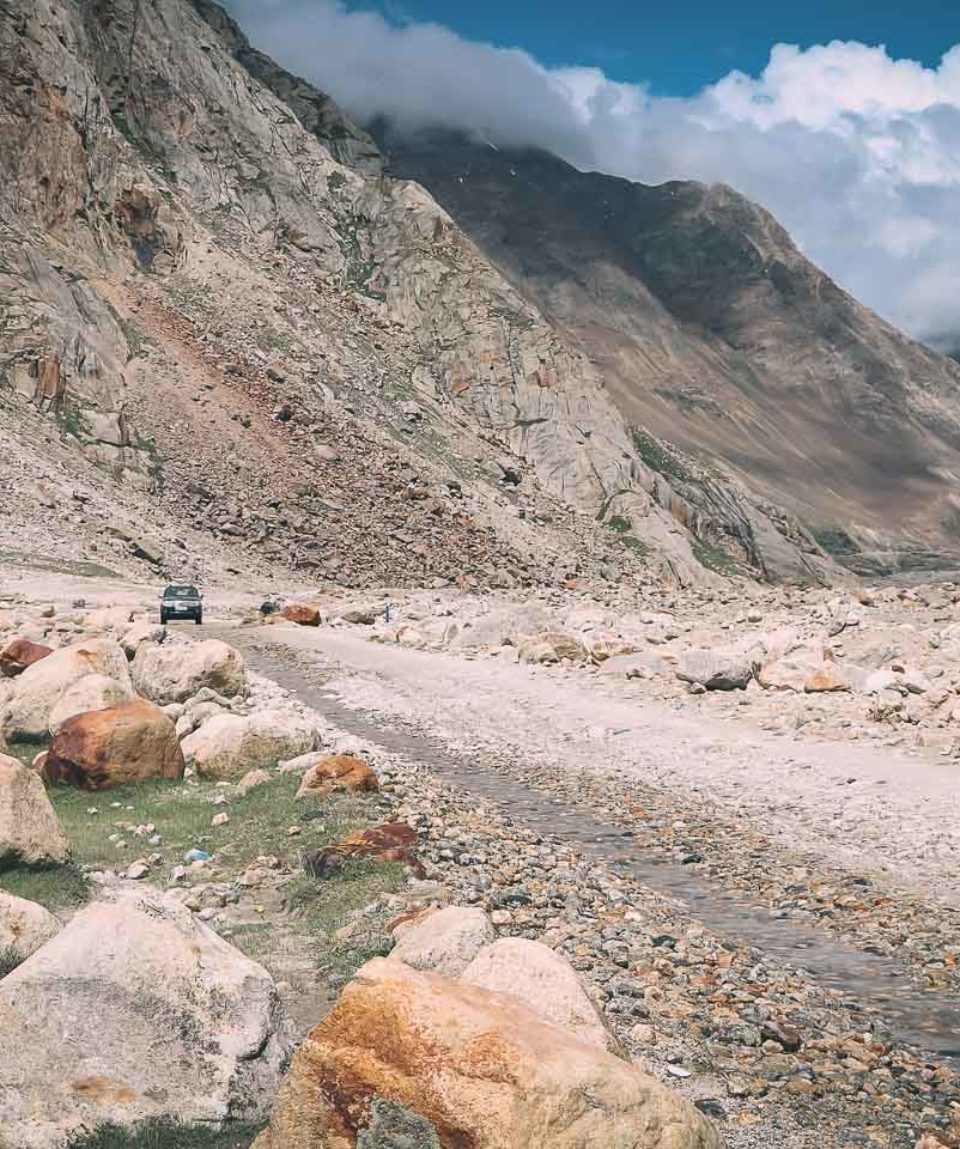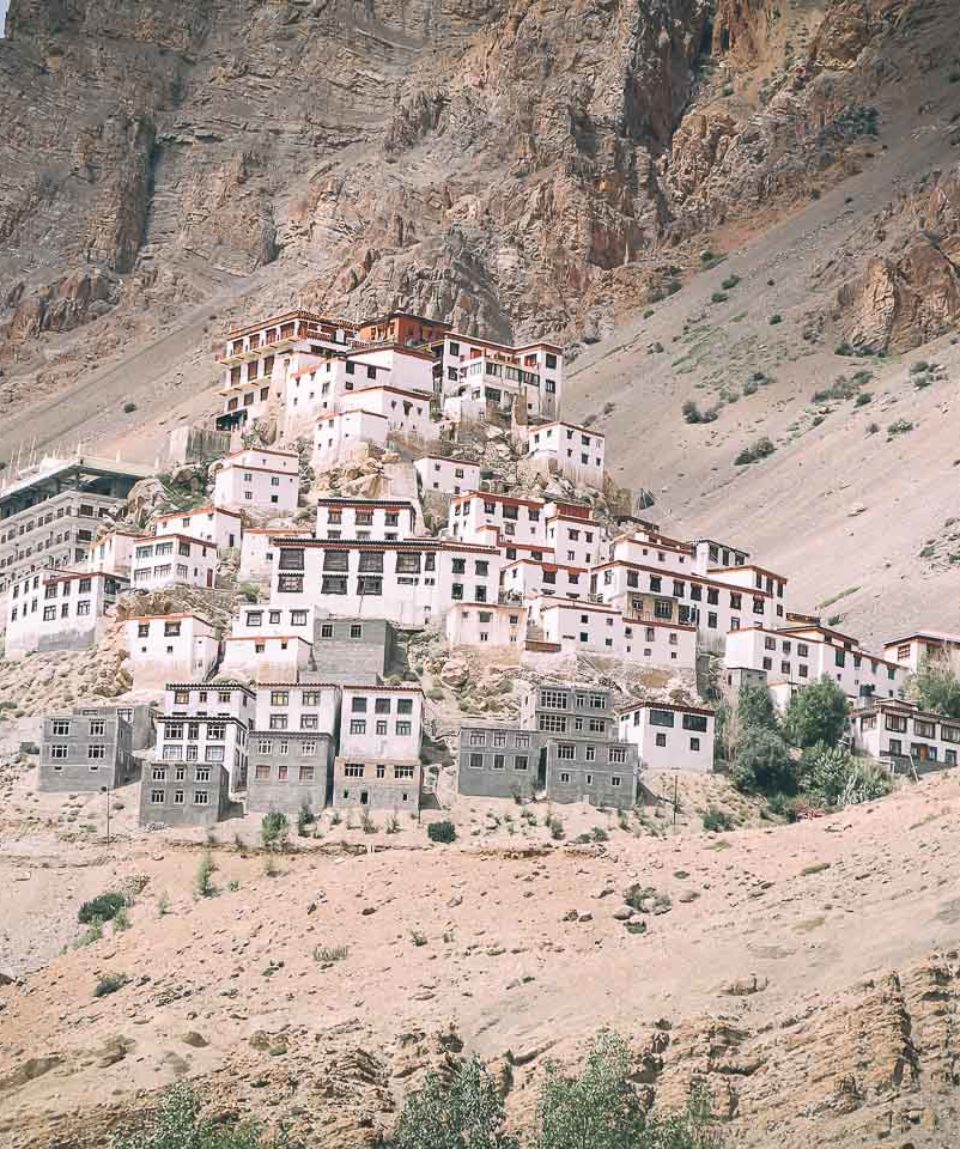Cliffhanger Roads – Journey to Forgotten Valleys
fromThis is a self-drive 4×4 tour to the Trans Himalayan regions on cliffhanger roads, some of the remotest regions of Himachal Pradesh. We start the tour from Shimla which was once capital of India during the British era and then we venture into the serene & secluded Kinnaur & Spiti valley in the western Himalayan region. We later drive to Keylong in Lahaul valley crossing over Kunzam Pass. This pass is located on Great Himalayan Mountain Range. From here we start an amazing drive to Pangi Valley through some cliffhangers to Killar. Then we cross over Sach Pass located in Pir Panjan mountain range landing ourselves in the lush green Chamba. From there we travel to the town of Dharamshala located in the backdrop of Dhauladhar mountains. Exciting journey crossing all three ranges of Himalayas namely Shivalik, Middle Himalayas & Greater Himalayas.
The entire tour is a beautiful amalgamation of different regions, cultures, architecture styles and cliffhanger roads. We drive from New Delhi following a national highway to Shimla. From there we meander our way following the Hindustan Tibet road entering Kinnaur valley. With a stark landscape, vivid in different shades and equally colourful monasteries & culture similar to rural Tibet, Spiti valley present you experience with no parallels.
Pangi Valley is another feather in the crown of Himalayas. Its secretively tucked away inside Himalayan mountains and the difficulty to reach it has given this region an opportunity to have its own distinct culture & traditions. In comparison to other valleys in Himachal, this area remains untouched from the outside world.
This drive to Kinnaur, Spiti & Pangi presents you gushing rivers, towering mountains, sheer cliffs and some undulated terrain. These cliffhanger roads offer a thrilling & exciting exped that unfold topography, culture & many stories.
- Reviews 0 Reviews0/5
- Style Type
- Culture
- Expedition
- Mountainous
- Overlanding
-
- Level Challenging
- Group Size Medium Group
This is a self-drive 4×4 tour to the Trans Himalayan regions on cliffhanger roads, some of the remotest regions of Himachal Pradesh. We start the tour from Shimla which was once capital of India during the British era and then we venture into the serene & secluded Kinnaur & Spiti valley in the western Himalayan region. We later drive to Keylong in Lahaul valley crossing over Kunzam Pass. This pass is located on Great Himalayan Mountain Range. From here we start an amazing drive to Pangi Valley through some cliffhangers to Killar. Then we cross over Sach Pass located in Pir Panjan mountain range landing ourselves in the lush green Chamba. From there we travel to the town of Dharamshala located in the backdrop of Dhauladhar mountains. Exciting journey crossing all three ranges of Himalayas namely Shivalik, Middle Himalayas & Greater Himalayas.
The entire tour is a beautiful amalgamation of different regions, cultures, architecture styles and cliffhanger roads. We drive from New Delhi following a national highway to Shimla. From there we meander our way following the Hindustan Tibet road entering Kinnaur valley. With a stark landscape, vivid in different shades and equally colourful monasteries & culture similar to rural Tibet, Spiti valley present you experience with no parallels.
Pangi Valley is another feather in the crown of Himalayas. Its secretively tucked away inside Himalayan mountains and the difficulty to reach it has given this region an opportunity to have its own distinct culture & traditions. In comparison to other valleys in Himachal, this area remains untouched from the outside world.
This drive to Kinnaur, Spiti & Pangi presents you gushing rivers, towering mountains, sheer cliffs and some undulated terrain. These cliffhanger roads offer a thrilling & exciting exped that unfold topography, culture & many stories.
- India travel adviceby GOV.UK on 13/09/2024 at 11:00 am
This travel advice was reviewed for style and accuracy.
Package cost inclusions for 4×4
- 4×4 vehicle as per option chosen from day 2 to day 15
- Airport transfers in Delhi
- Accommodation on twin/ single sharing basis in mentioned hotels for 15 nights. Check-in/ check-out time is 12 noon
- Daily dinner & breakfast at all places except Keylong & Killar which is on full board basis
- Support vehicle
- English speaking guide
- Mechanic to take care of general maintenance
- All inner line permits for restricted area
- Entrances to places of visit
- Limited stock of snacks, water & soft beverage for every vehicle
- Route planning and GPS files to use in your own personal Garmin or mobile.
- Fuel for vehicle
- Domestic/ international flights (Contact us for a flight inclusive ATOL protected package)
- Security deposit (refundable at end of tour)
- Meals & drinks not mentioned
- Your travel insurance and documentation like Visa etc
- Vehicle servicing, repairs during the tour
- Toll taxes, traffic lines
- Any cost arising out of unforeseen circumstances like ill-health, vehicle breakdown or repairs, damage accruing from land blocks, bad weather, snowfall etc
- Additional accommodation charges due to unforeseen delays in the journey
- Any charges for carrying video camera or still camera
- Any hotel, subsistence or other cost incurred prior to the official start date of an expedition and after the official end date of the expedition
- Day 1 ARRIVE DELHI
- Day 2 DELHI/ SHIMLA (380 KMS)
- Day 3 SHIMLA/ NARKANDA (60 KMS)
- Day 4 NARKANDA/ SANGLA (160 KMS)
- Day 5 SANGLA/ KALPA (51 KMS)
- Day 6 KALPA/ NAKO/ TABO (150 KMS)
- Day 7 TABO/ DHANKAR/ KAZA
- Day 8 IN KAZA
- Day 9 KAZA/ KEYLONG (200 KMS)
- Day 10 KEYLONG/ KILLAR (135 KMS)
- Day 11 IN KILLAR
- Day 12 KILLAR/ SACH PASS/ CHAMBA (160 KMS)
- Day 13 CHAMBA/ DHARAMSHALA (140 KMS)
- Day 14 IN DHARAMSHALA
- Day 15 DHARAMSHALA/ DELHI (470 KMS)
- Day 16 DEPART DELHI
Accommodation
- Accommodation on twin/ single sharing basis in mentioned hotels for 15 nights. Check-in/ out time is 12 noon
- Delhi – ITC Dwarka or similar
- Shimla – Woodville Palace or similar
- Narkanda – Tethys or similar
- Sangla – Kinner Camp or similar
- Kalpa – Kinner Villa or similar
- Tabo – Maitrya Regency or similar
- Kaza – Dewachen or Sakya Abode
- Keylong – Deykid or similar
- Killar – Basic Guest House
- Chamba – Ashiana or similar
- Dharamshala – Surya Resort or similar
Meals
- Daily dinner & breakfast at all places except Keylong & Killar which is on full board basis
July to September
Kunzam Pass 4580 m
Shimla, Narkanda, Sarahan, Sangla Valley, Chitkul, Kalpa, Nako, Tabo, Dhankar, Kaza, Comic, Kye Monastery, Demul, Comic, Kunzum Pass, Keylong, Udaipur, Sach Pass, Chamba, Dharamshala, McLeod Ganj
Please follow the link for the latest health advice
-
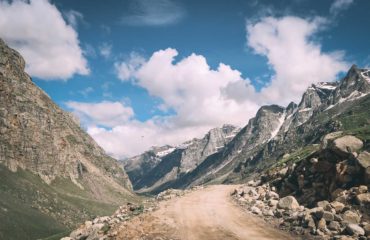 Indian Himalaya Overland Exped
Indian Himalaya Overland Exped -
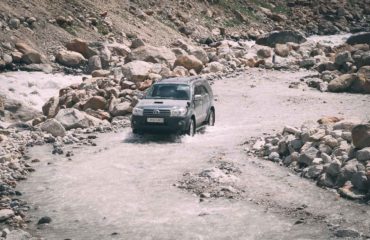 Indian Himalaya Overland Exped
Indian Himalaya Overland Exped -
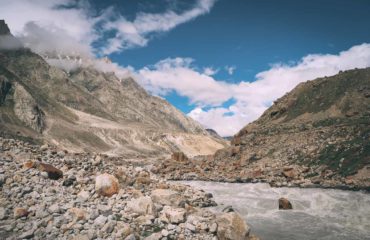 Indian Himalaya Overland Exped
Indian Himalaya Overland Exped -
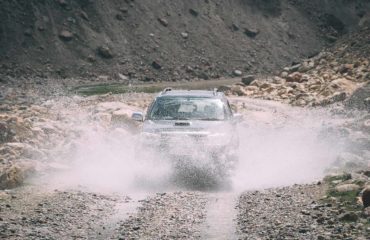 Indian Himalaya Overland Exped
Indian Himalaya Overland Exped -
 Indian Himalaya Overland Exped
Indian Himalaya Overland Exped -
 Indian Himalaya Overland Exped
Indian Himalaya Overland Exped -
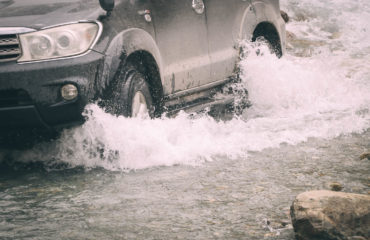 Indian Himalaya Overland Exped
Indian Himalaya Overland Exped -
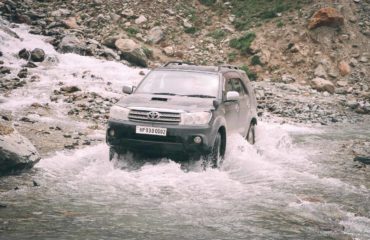 Indian Himalaya Overland Exped
Indian Himalaya Overland Exped -
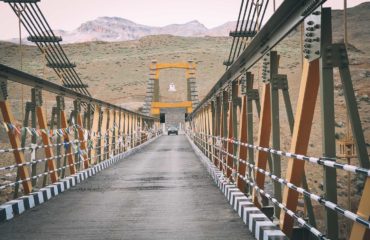 Indian Himalaya Overland Exped
Indian Himalaya Overland Exped -
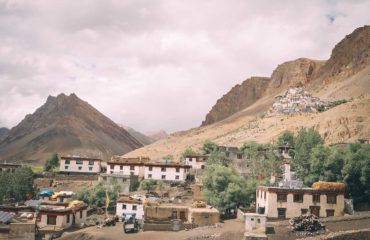 Indian Himalaya Overland Exped
Indian Himalaya Overland Exped -
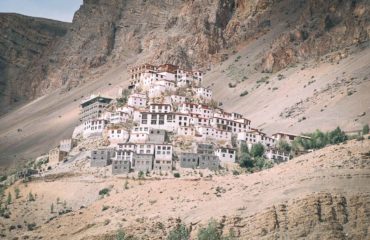 Indian Himalaya Overland Exped
Indian Himalaya Overland Exped -
 Indian Himalaya Overland Exped
Indian Himalaya Overland Exped -
 Indian Himalaya Overland Exped
Indian Himalaya Overland Exped -
 Indian Himalaya Overland Exped
Indian Himalaya Overland Exped -
 Indian Himalaya Overland Exped
Indian Himalaya Overland Exped -
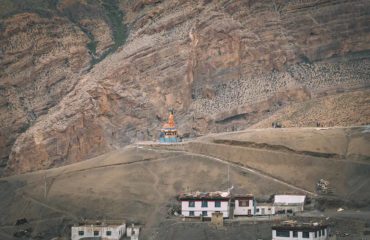 Indian Himalaya Overland Exped
Indian Himalaya Overland Exped -
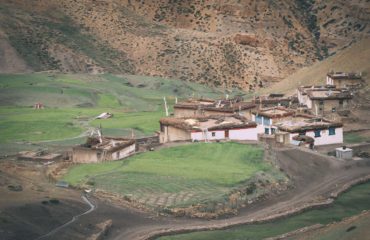 Indian Himalaya Overland Exped
Indian Himalaya Overland Exped -
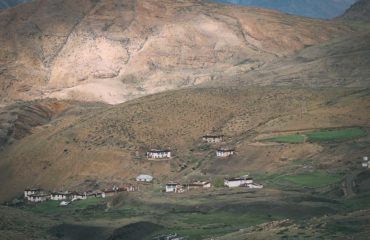 Indian Himalaya Overland Exped
Indian Himalaya Overland Exped -
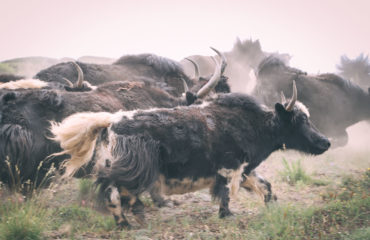 Indian Himalaya Overland Exped
Indian Himalaya Overland Exped -
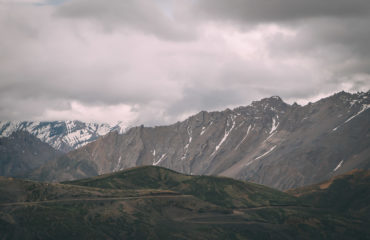 Indian Himalaya Overland Exped
Indian Himalaya Overland Exped -
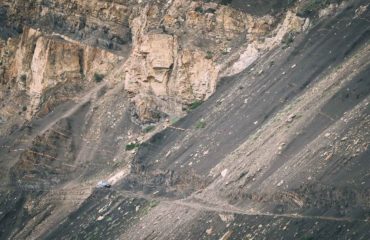 Indian Himalaya Overland Exped
Indian Himalaya Overland Exped -
 Indian Himalaya Overland Exped
Indian Himalaya Overland Exped -
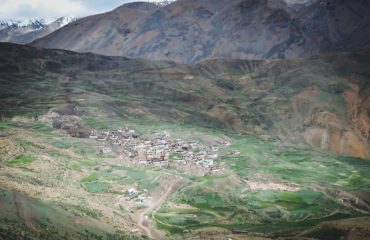 Indian Himalaya Overland Exped
Indian Himalaya Overland Exped -
 Indian Himalaya Overland Exped
Indian Himalaya Overland Exped -
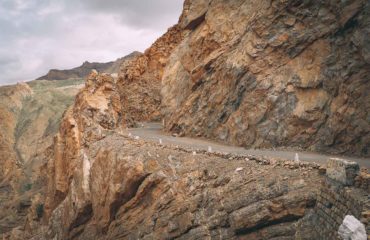 Indian Himalaya Overland Exped
Indian Himalaya Overland Exped -
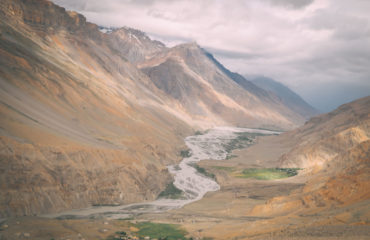 Indian Himalaya Overland Exped
Indian Himalaya Overland Exped -
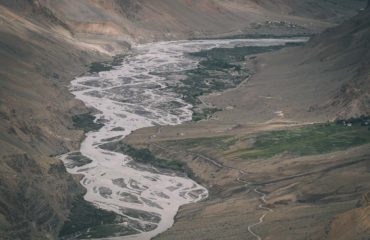 Indian Himalaya Overland Exped
Indian Himalaya Overland Exped -
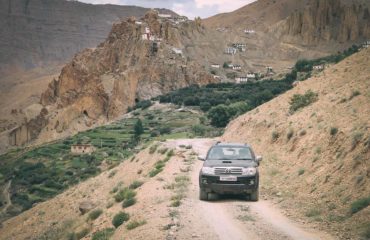 Indian Himalaya Overland Exped
Indian Himalaya Overland Exped



